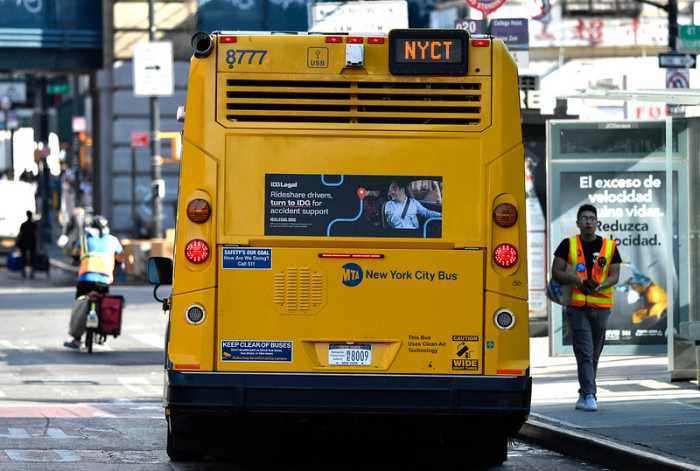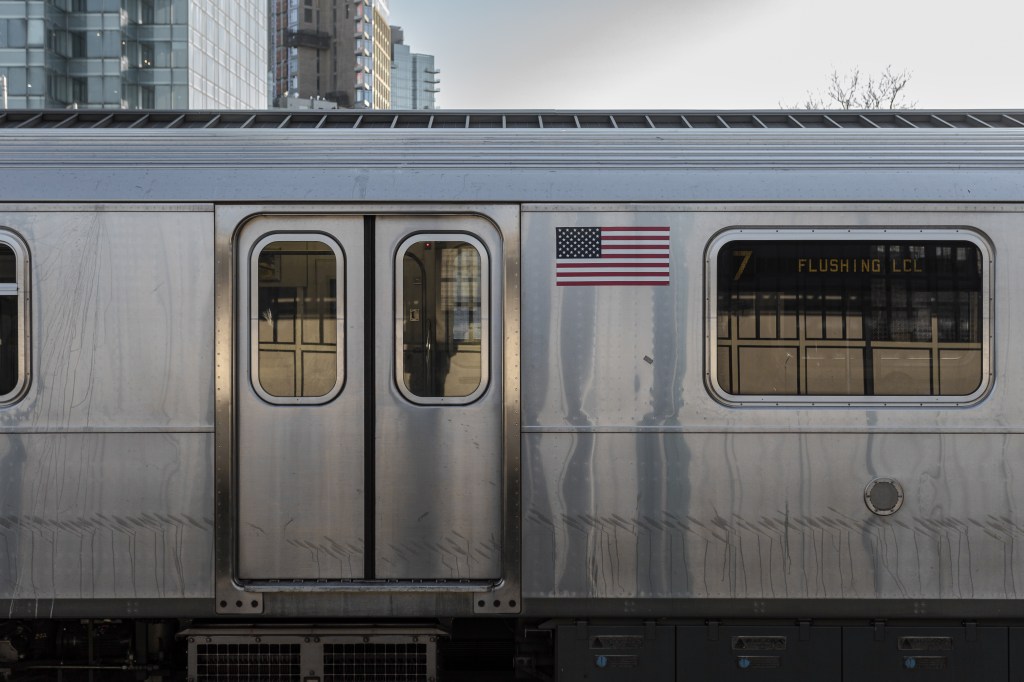By Philip Newman
Transit fares are scheduled to rise in 2015 and 2017, but the MTA, in a perhaps unprecedented move, now says it will cut the increases by nearly half.
In the perpetually cash-strapped Metropolitan Transportation Authority, how is this possible?
The MTA released a financial plan last week that showed it planned to roll back its proposed fare hikes for both 2015 and 2017 to 4 percent from 7.5 percent.
Robert Foran, MTA chief financial officer, said the agency was able to slash the amount of the forthcoming fare increases because of several factors: an improved financial situation resulting from higher than expected real estate taxes, from which the MTA gets a cut, and continuing ever-increasing cost-cutting within the transit agency.
Reducing the forthcoming raises in 2015 and 2017 would trim estimated revenues to the MTA by around $900 million.
MTA Chairman Tom Prendergast said, “We wouldn’t come forward with a presentation like this if we thought there was a low likelihood of doing it.”
Foran acknowledged that maintaining financial conditions that would support the decrease in fare cuts was dependent greatly on what the MTA calls “net zero” labor costs, meaning no pay raises for more than 36,000 workers.
Those workers, including those who maintain the subway system, are approaching the two-year anniversary of the expiration of their union contract with the MTA.
The MTA plan also includes service improvements, such as adding Q77 bus service on Sundays, restoring the Q31 bus on weekends, restoring half-hourly Long Island Rail Road weekend service on the Port Washington branch and to Ronkonkoma and expanding LIRR service to Greenport, which began last month.
The MTA board will vote on the financial plan at its regular meeting next month.
Reach contributing writer Philip Newman by e-mail at timesledgernews@cnglocal.com or phone at 718-260-4536.




































